Winter in Montenegro
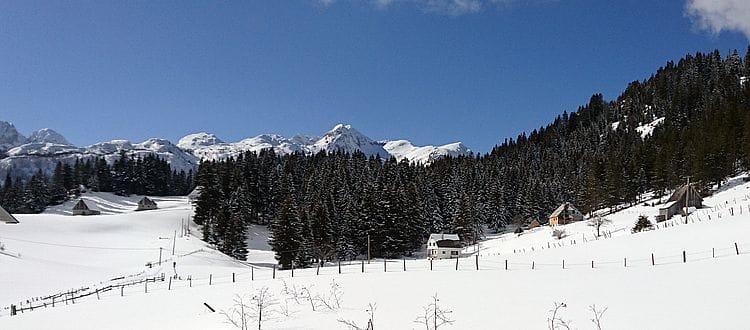
Montenegro happened to be a nice surprise during my winter trip in the Balkans. You can find the rest of my journey in the article Winter in the Balkans. This article follows on from the moment when I was annoyed by the problems with a traffic in Kosovo.
All resentment wore off once we started to go up on hairpin bends to Montenegro’s borders. Suddenly, piles of snow started showing up and I knew, that I was in the right country. From this moment, whenever I looked around me, I saw mountains everywhere. Once we had arrived at the Morača river, Montenegro won me over for good. The river leads to an immense canyon, which is dozens of kilometres long. The road is squeezed in the rock dozens of metres above the river. This amazing canyon actually ends within view from the capital city – Podgorica.
Podgorica
Podgorica is a small capital city, where there’s nothing much to see. In comparison with Pristina, Podgorica hasn’t been affected so much by communism. On the other hand, the Mediterranean Sea has a significant influence on this area. For example palm alleys in the streets or widely spread seagulls (able to compete with pigeons). Just as in Pristina, even here you will meet many young people, who are prettier than Macedonians.
Cathedral of the Resurrection of Christ is definitely worth seeing. Its interior is decorated by dozens of portrayals of saints from all over the world. You should visit the clock tower Sahat Kula as well as the millennium bridge. If you want to see a green vegetation, then set out to some parks, for example, Avanturisticki park, Park-šuma Ljubović or parks around the castle Kralja Nikole. Everything can be done in few hours of walking.
Even here, I picked a great hostel – Hostel Montenegro. Koko runs the hostel, he’s a great guy. He is a cheerful guy, who is ready to help you with anything. He likes to talk and spends most of the nights in the circle of guests. I don’t know if it’s because of Koko, but I’ve never felt so welcome in the traveller community in other hostels before. Everyone spoke to each other, exchanged contacts, tips and opinions.
The following day was supposed to snow in the north in the mountains, so I extended my accommodation in Podgorica and I took a trip to Cetinje and Kotor.
Cetinje
Cetinje is a former capital city. It has remained beautiful to this day. The embassy buildings and the monastery are amazing. My secret tip is to explore caves above the city. You will see them if you take a shortcut from the monastery to a viewpoint on Eagle’s Rock. If you pass the last homes, you will find a barred entrance to a cave. But, there’s a hole in the iron bars, so it’s no problem to enter the cave. Probably, it was once used as a tourist path, but the place was plundered. All lights and electricity have been taken and even the footpath haven’t been well-tended. As I used a flashlight from my phone, I continued full of fear. I didn’t even reach the end after 40 minutes of walking.
The monastery
Another interesting thing is, that I haven’t seen any modern or communist buildings, but there are many streets with lamps which use solar panels. Although they were not eye-appealing at all, it surely says a lot about their eco-friendliness.
From Cetinje I set out on foot through National Park Lovcen to Kotor. I was exhausted and I didn’t bring with me any decent food nor water, so I decided to hitchhike. I was sure it’s going to be fine because the road was really nice and overall the only one in the vicinity. But as I walked, I realized that it won’t be so easy. I have encountered only 5 cars after 18 kilometres of walking. Only one car was willing to give me a ride and it was only 3 kilometres. I had to ascend 800 metres and descend 1400 metres on my own. Without food, water and with approaching snow and sunset. Fortunately, the 3-kilometre ride gave me enough energy, strength and hope of survival. I managed to get to Kotor an hour before sunset.
Kotor
Kotor is just as Cetinje a historical city which was able to keep its old beauty. It is situated on the shore of a deep bay of the Mediterranean Sea, also surrounded by mountains. The city itself is around a square kilometre and it is completely surrounded by walls. Inside you will find a maze of narrow streets with several churches. In summer, there are a lot of tourists for sure, but I had all streets for myself. the north and south gates are also interesting places to visit.
Right from the historical part of the city, to the walls you, can go to the viewpoint of the city and then continue along the way to the mountains. I came to the city on this way.
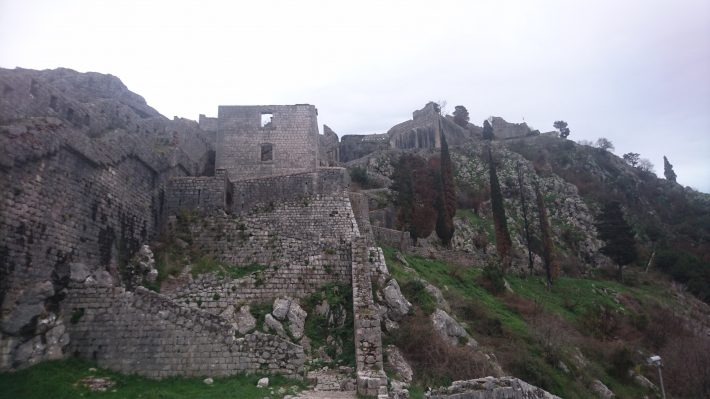
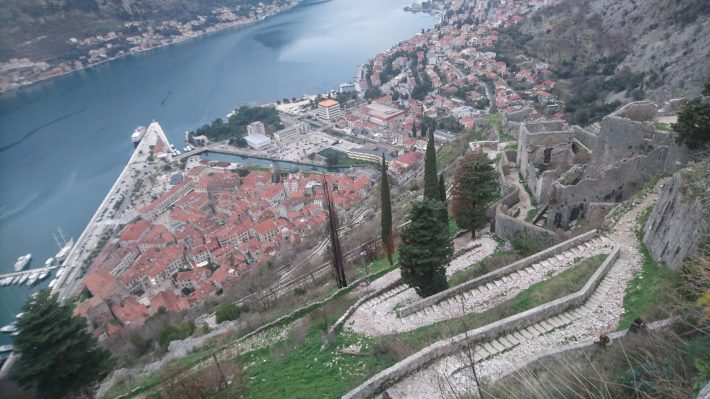

Durmitor National Park
The next afternoon I went to finally to Zabljak in the Durmitor National Park. They probably didn’t have a classic hostel, so I accommodated in Guesthaus Underwoods for only 15 €. Even here I was the only guest. I had a big double bed just for myself.
After my accommodation, I went shopping and for a dinner. I chose a nice small wooden pub called Krcma Nostalgija. And even here I was the only guest. I had to get some information about skiing, so I asked in English. The local waitress/cook immediately called (probably) her son to come because a customer wants to speak English. After 5 minutes the son came and began to attend me. Unfortunately, he couldn’t really answer my questions about skiing, but he had an acquaintance in Mountain rescue service, so he called him and handed the phone over to me. I found out everything I needed to know.
The next morning I went to the information center to find out another information, not relating to skiing. Besides, it was told me that the bus to the ski center arrives half an hour before the guy from Mountain rescue service claimed. If only I came one minute earlier, I would catch it. I decided to go on foot and try hitchhiking. Only in the city the cars would stop (5 cars actually stopped for me, but nobody was driving in my direction). Eventually, I managed to stop a car after I left the city (it was a German-Serbian family on a skiing trip. I tried to speak German with a 10-year-old boy, but honestly, he was much better at English than me at my German, after 10 years of studying. He spoke 4 languages at least a little bit in his young age). They drove me to the ski center Savin Kuk. In an amazing well-equipped ski rental I encountered a man, who apparently worked in the Czech Republic for many years because I could speak Czech with him at ease. I rented freeriding skis and other equipment for skiing including a helmet and goggles. A went to a cableway. I was the first one there. Even though the upper cableway was closed I finally enjoyed a decent skiing. Even on the way back to the city I managed to stop a car, that would take me.
The National Park Durmitor is well-known for the Tara River Canyon. You can take a look at it from two spots. From the bridge by the village of Đurđevića Tara and from the summit of the mountain Curavec. Apparently, you can’t get to the top of Curavec during winter, but it wouldn’t be me if I didn’t do the exact opposite and go straight there.
The next day I went to the ski center again for snowshoes. This time I waited for the bus half an hour ahead. But the bus didn’t come anyway. But I knew that it has nothing to do with luck. I stopped the first car and the guy inside the car has been actually working in the ski center. I had exactly 6 hours to get to the 15-kilometer-distant Curevac and get back to the ski rental. During my trip around Black Lake, I had my snowshoes most of the time on the backpack. The snow was sturdy enough. I walked from a cableway in the settlement of Bosaca along a cleared road. I knew that my time was short. I really hoped for some carstop. Unfortunately, the only 2 cars went to a different direction. The last 3 kilometers should have led along a marked hiking trail through the forest. But the marked trail wasn’t visible under the pile of snow. So I waded through the snow just by a map on my phone to the top of Curevac. I reached, exhausted, the top exactly 3 hours after the start.
The way back was much easier. Already after half an hour, I managed to stop a car to Zabljak. As soon as I stepped into the tourist information office the ladies started questioning me if I were on the Curevac after all. I pleased them with simple ‚Yes‘. I had no problem to stop a car even from Zabljak to the ski center. This time my driver was a Greek senior who bought a house in Montenegro.
Still on that day, with sleeping in Podgorica, I went to my last destination in Montenegro – the seaside city of Ulcinj.
Ulcinj
Ulcinj is the southernmost city of Montenegro and it is situated on the rocky coastline of the Adriatic Sea. In winter, there’s only one interesting thing. It is an old town built on the rock above the sea. It was actually destroyed by the earthquake in 1979, but it was brought back looking even better.
Even here I experienced an odd incident. The church administrator offered me a ride through the city. He showed me everything while telling where everything is, why is it interesting etc…
Summary
Montenegro is a state of ubiquitous mountains, historical cities and amazing people. I want to go back here in the summer. Canoe, ride a bike, hike in the mountains, swim in the sea…I recommend everyone who likes active holidays and doesn’t like well-worn destinations.
Jíja
Translated by Dave

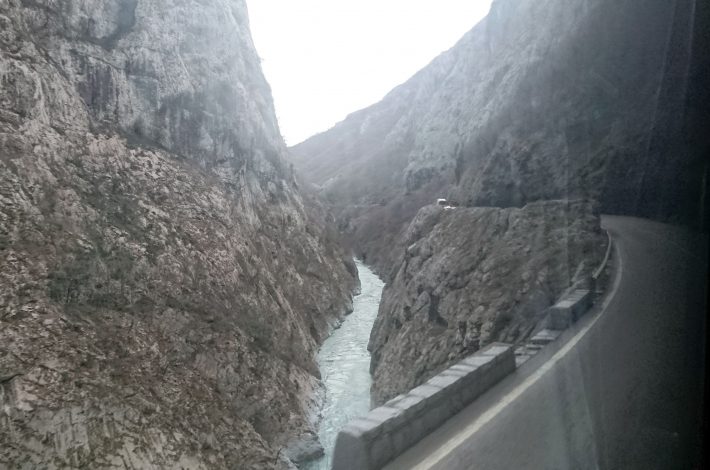

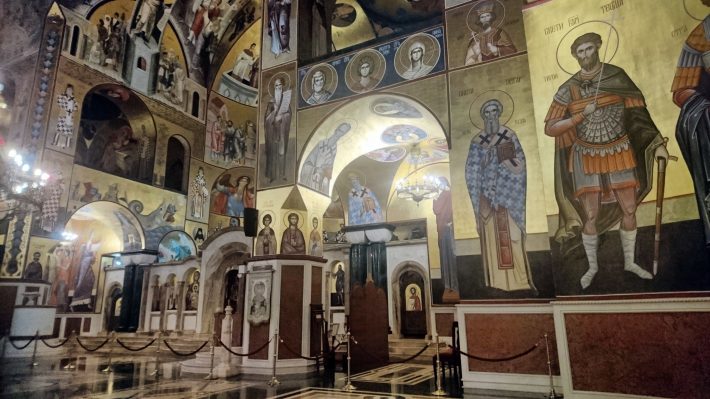



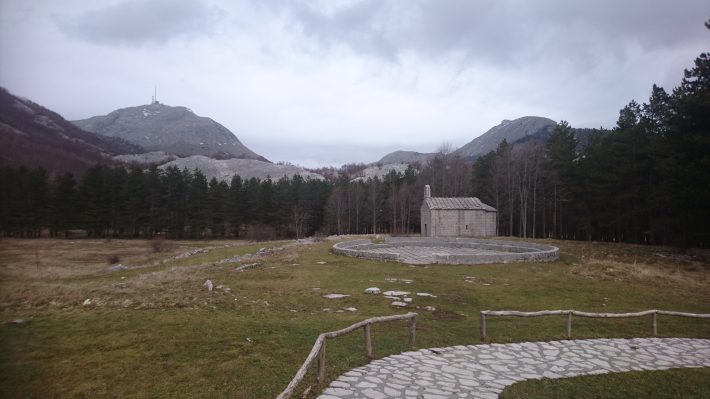

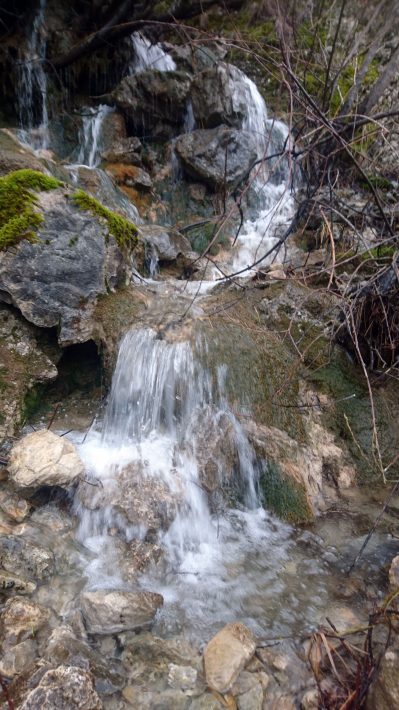

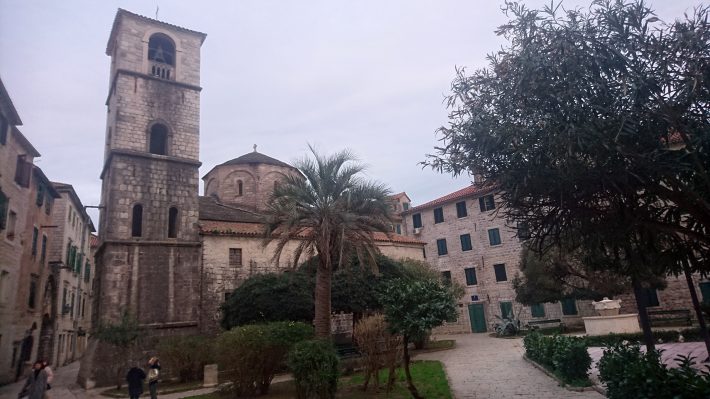

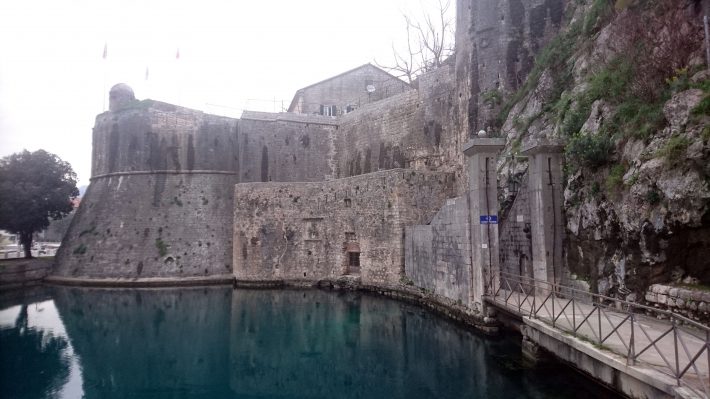

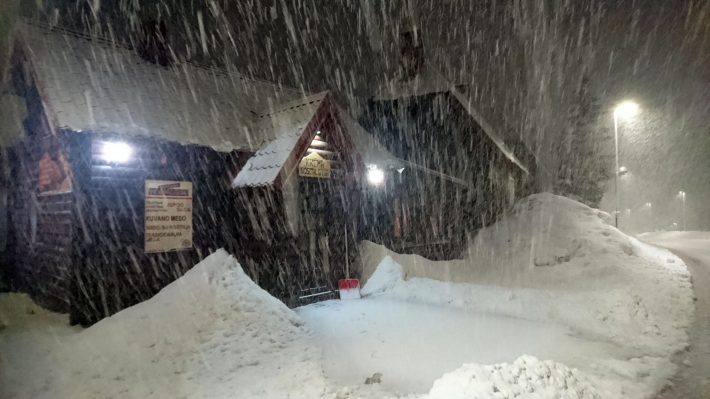


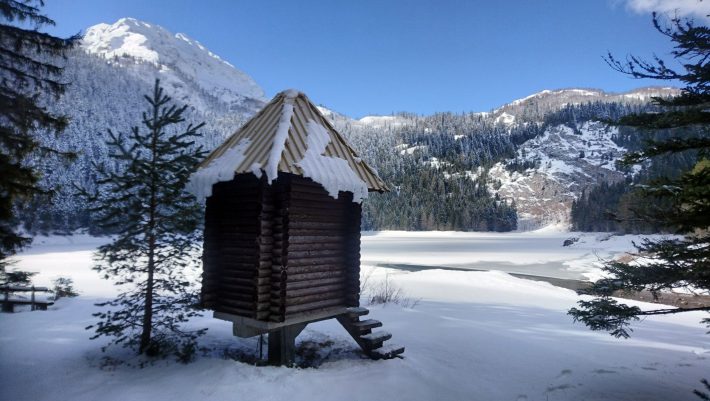
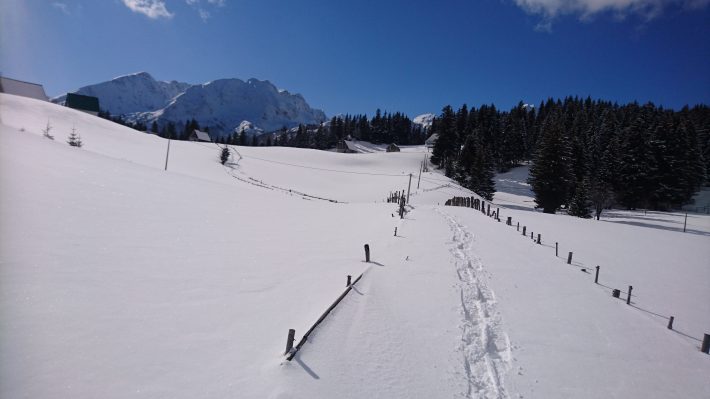





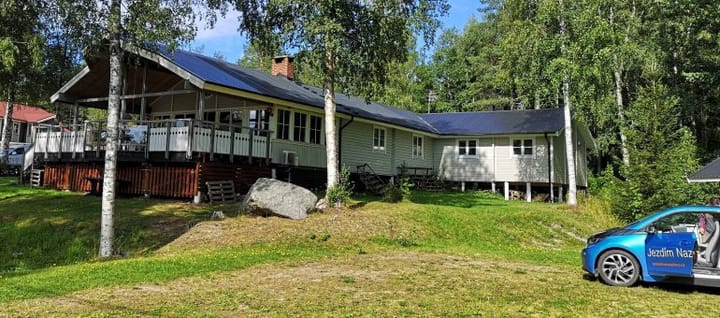
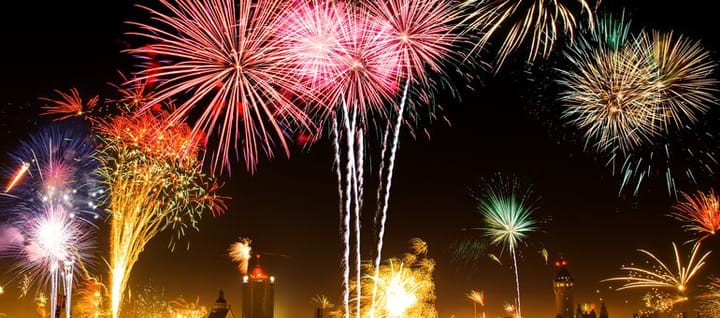
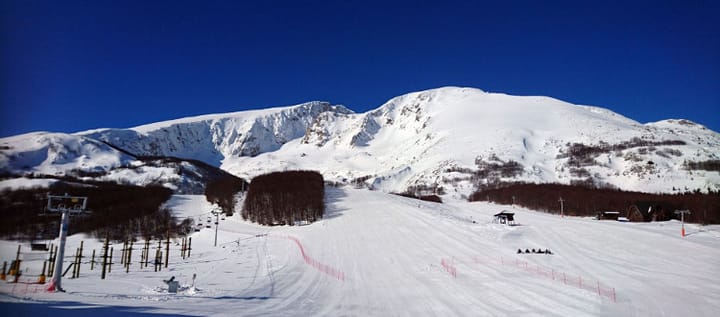
Comments ()